Is this popular summer treat putting your furry friend in danger? Many pet owners assume sharing corn-on-the-cob scraps is harmless, but veterinarians reveal surprising truths about this common practice.
Plain corn kernels offer valuable nutrients like fiber and protein. However, the cob itself creates serious risks. Veterinary studies show these cylindrical cores cause thousands of emergency visits yearly due to intestinal blockages.
When prepared correctly, corn can be part of a balanced diet. The key lies in separating kernels from the cob entirely. Pet nutrition experts emphasize moderation and observing individual reactions to new foods.
This guide explores both sides of the debate. You’ll learn proper preparation methods, recognize danger signs like vomiting or lethargy, and discover steps for accidental cob ingestion. With insights from leading animal care organizations, we break down the science into practical advice for responsible pet parenting.
Can Dogs Eat Corn on the Cob? What You Need to Know
Many pet lovers wonder if sharing their favorite snacks with furry companions is safe. While fresh vegetables often seem harmless, not all human foods align with a canine’s nutritional needs.
Understanding the Query and Common Concerns
Pet parents frequently ask about corn-based treats due to their own positive experiences with this vegetable. However, animals process foods differently. The rigid center of the cob poses particular risks, even if kernels themselves provide fiber and vitamins.
Choking remains a top worry among veterinary professionals. Smaller breeds especially struggle with large, hard pieces. Digestive systems may also react poorly to unfamiliar textures, leading to discomfort or blockages.
People Foods vs. Dog Diets
Human meals often contain seasonings or fats that harm pets. Plain kernels, when removed properly, can occasionally supplement balanced meals. Always consult a veterinarian before introducing new items to your companion’s menu.
Individual health histories matter greatly. Some animals tolerate occasional vegetable treats better than others. Monitoring reactions and adjusting portions helps prevent stomach issues while maintaining nutritional variety.
Benefits of Including Corn in Your Dog’s Diet
While some human foods pose risks, corn kernels offer surprising nutritional value when prepared properly. This golden vegetable becomes a wholesome supplement when stripped from its hazardous cob and served plain.
Nutritional Breakdown of Corn
Packed with carbohydrates and plant-based protein, these kernels provide energy for active pets. A single cup contains 5g fiber to support digestion and 3g protein for muscle maintenance. Antioxidants like lutein promote eye health, while carotenoids boost immune function.
Vitamins, Minerals, and Dietary Fiber
Corn delivers B vitamins for nerve health and vitamin E for skin vitality. Magnesium aids bone development, while potassium regulates blood pressure. The vegetable’s insoluble fiber acts as a natural prebiotic, feeding beneficial gut bacteria.
Compared to processed snacks, fresh kernels offer more nutrients per calorie. However, they should never exceed 10% of daily meals. Always serve cooked corn without butter, salt, or oils to avoid digestive upset.
Animal nutritionists confirm moderate portions align with balanced diets. The ASPCA recognizes corn as a safe ingredient in commercial pet foods when processed correctly. Rotate it with other vet-approved veggies for dietary variety.
Potential Risks and Warning Signs for Your Dog
Sharing corn-based treats with pets requires awareness of hidden dangers. While kernels offer nutritional value, the cob’s structure creates unique threats. Vigilance helps prevent emergencies and ensures quick action when problems arise.
Choking Hazards and Intestinal Blockages
The cob’s rigid texture resists digestion, often lodging in throats or intestines. Veterinary reports confirm these obstructions frequently require surgical removal. Smaller breeds face higher risks due to narrower digestive tracts.
Even a half-eaten cob fragment can cause trouble. Blocked intestines may lead to tissue damage within hours. Immediate vet care improves outcomes when pets swallow hazardous materials.
Salt, Butter, and Allergic Reactions
Seasoned corn introduces separate issues. High sodium levels from salt disrupt electrolyte balance. Butter’s fat content triggers pancreatitis in sensitive animals. Watch for itching or swelling, which signal allergic responses.
Recognizing Digestive Distress
Persistent vomiting or drooling often indicates cob ingestion. Lethargy and refusal to eat warrant urgent attention. Dehydration becomes critical if diarrhea accompanies these symptoms.
Pet owners should monitor bowel movements for undigested pieces. Abdominal tenderness or whimpering during touch suggests internal discomfort. Early intervention prevents complications requiring intensive care.
Safe Preparation and Serving Methods
Proper preparation transforms corn from a risky snack to a safe treat for pets. Removing the fibrous center before serving eliminates choking hazards while preserving nutritional benefits. Thoughtful cooking methods and measured portions let furry friends enjoy this vegetable without compromising their well-being.
Recommended Cooking Techniques
Steaming or boiling kernels preserves their natural goodness without added fats. Grilling works too, but always skip seasonings. Plain preparation prevents stomach upset from rich ingredients like butter or salt.
Cut kernels vertically using a sharp knife after cooking. This creates manageable pieces that reduce choking risks. Avoid canned varieties with added sodium or preservatives.
Portion Control and Serving Suggestions
Limit treats to 10% of daily food intake—about 1-2 tablespoons for smaller breeds. Mix kernels with regular meals or use them as training rewards. Always cool cooked vegetables to room temperature before serving.
Observe pets during snack time. If chewing seems difficult, mash kernels lightly. Store leftovers in airtight containers for up to three days to maintain freshness.
When to Seek Veterinary Care
Recognizing critical symptoms quickly can save your pet’s life after accidental cob ingestion. Immediate action becomes essential when unusual behaviors appear following snack time.
Identifying Emergency Symptoms
Watch for repeated vomiting or dry heaving lasting over 12 hours. Watery stools containing blood or mucus signal intestinal distress. Loss of appetite paired with excessive drooling often precedes dangerous blockages.
Lethargy and abdominal swelling demand urgent attention. Pressing gently on the stomach may cause whining if obstructions exist. Rapid breathing or pale gums indicate systemic shock requiring emergency intervention.
Steps to Take if Your Dog Shows Distress
Contact your veterinarian immediately if warning signs appear. Describe the quantity consumed and symptom timeline clearly. Prepare for possible X-rays or ultrasounds to locate cob fragments.
Withhold food temporarily but provide small water sips. Never induce vomiting without professional advice. Surgical removal might become necessary if scans confirm intestinal trapping.
Early detection improves recovery chances significantly. Keep emergency clinic numbers accessible and remain calm during transport. Follow post-treatment dietary guidelines strictly to support healing.
Parting Thoughts on Feeding Corn to Your Dog
Understanding nutritional benefits and safety concerns helps owners make informed choices. Fresh kernels offer fiber and vitamins when prepared correctly, but the cob’s rigid structure poses serious risks. Always remove the entire core before sharing this vegetable as an occasional snack.
Watch for signs like vomiting or appetite changes after introducing new foods. Contact a veterinarian immediately if unusual symptoms develop. Intestinal blockages from cob fragments often need professional care to prevent severe complications.
Serve plain cooked kernels without seasonings or butter. Rotate corn with other vet-approved vegetables for dietary variety. Stay updated on pet care guidelines through trusted animal health organizations.
Prioritizing safety and moderation allows owners to include this ingredient responsibly. Quick response to emergencies and regular check-ups help pets enjoy balanced meals while maintaining optimal health.
FAQ
Is cooked corn safe for pets to consume?
Plain cooked kernels (without butter, salt, or seasonings) can be a safe occasional snack. Always remove them from the cob first, as the fibrous core poses serious health risks.
What symptoms indicate an intestinal blockage?
Watch for vomiting, loss of appetite, lethargy, or straining during bowel movements. These signs require immediate veterinary attention to prevent life-threatening complications.
How much corn is appropriate for a dog’s diet?
Treats like corn should never exceed 10% of daily caloric intake. For most pets, 1-2 tablespoons of kernels per meal is sufficient when mixed with regular food.
Can puppies have corn products?
Puppies’ developing digestive systems are more sensitive. Consult your veterinarian before introducing new foods, and avoid cobs entirely due to higher choking risks.

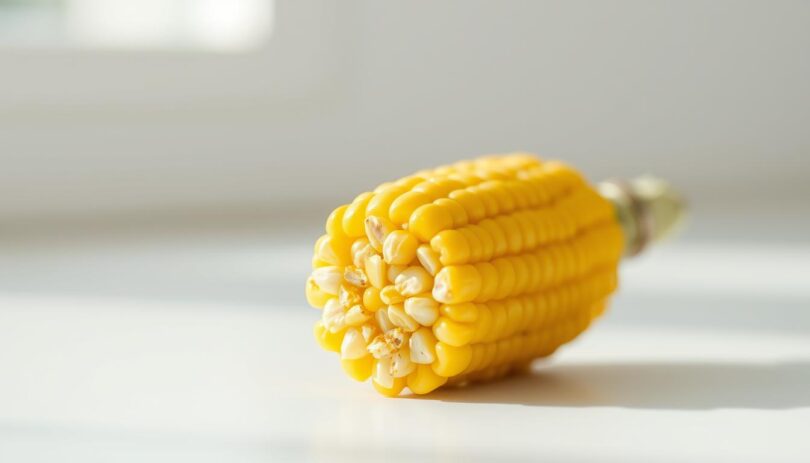
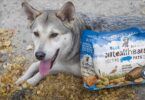
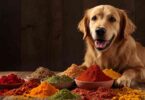
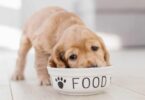
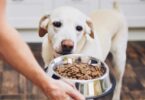
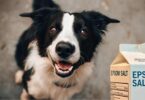


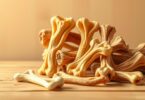
Leave a Comment